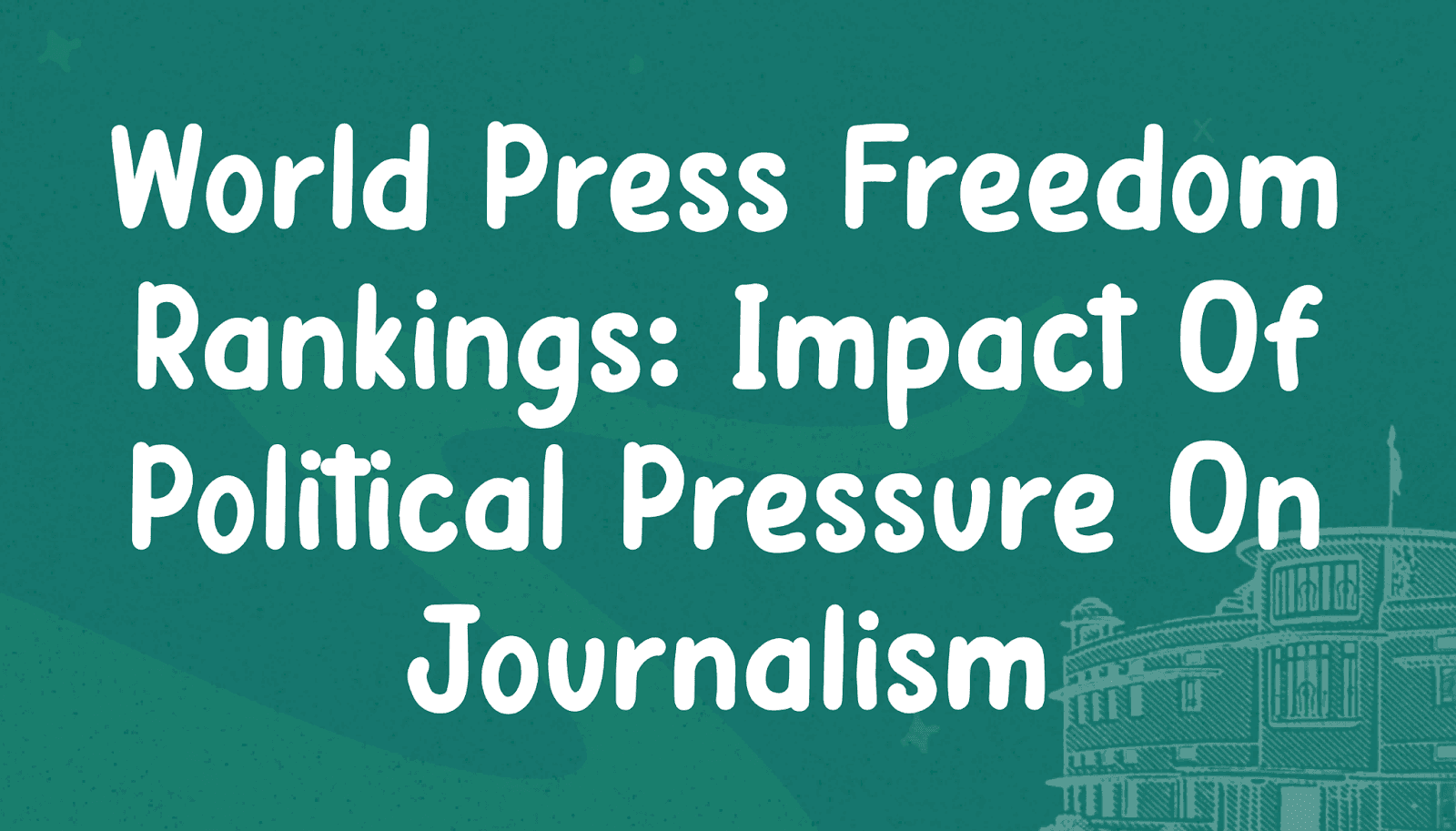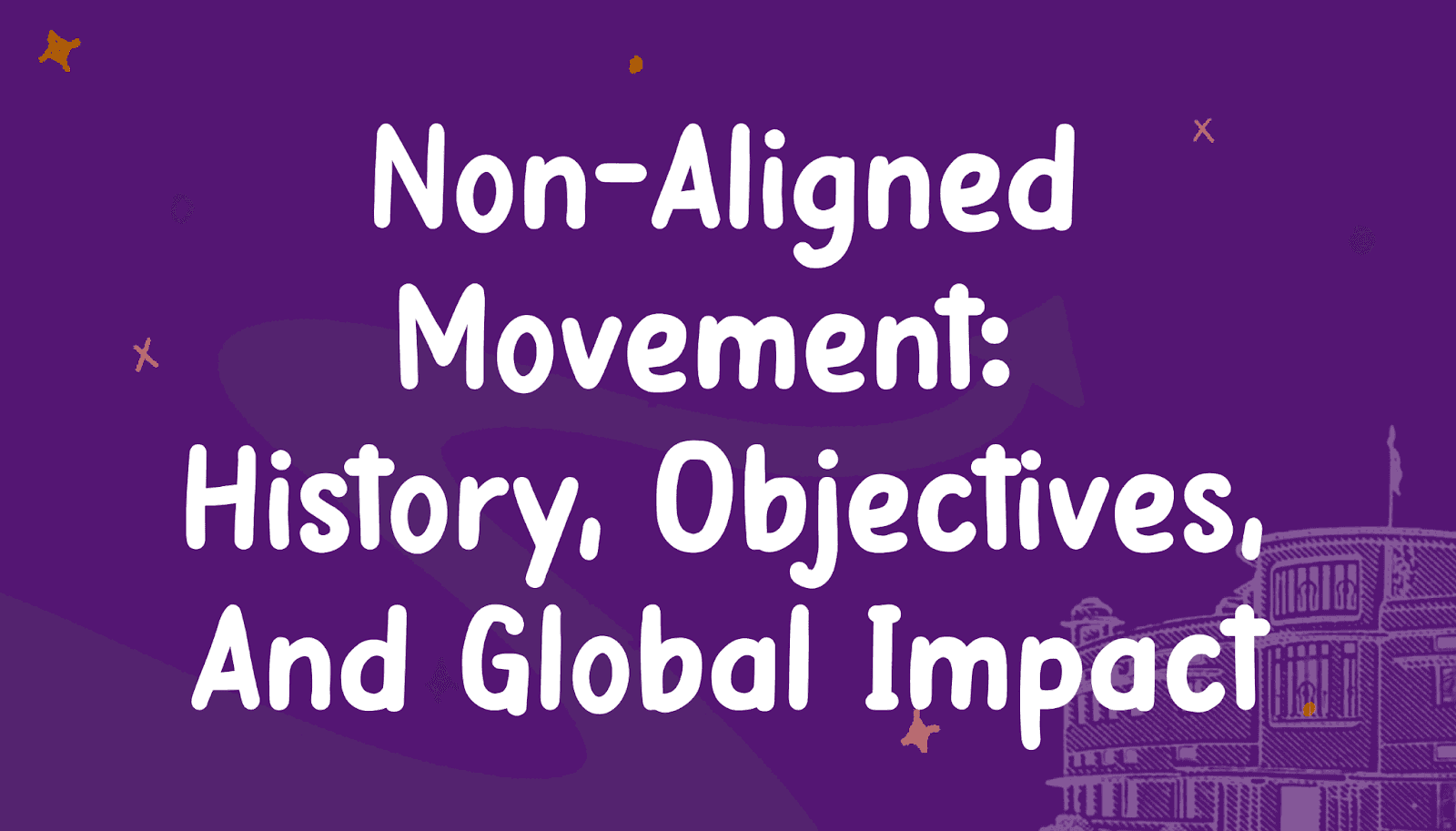Ramsar Sites in India
Feb, 2025
•2 min read
Introduction
India hosts 85 Ramsar sites (as of December 2024), internationally recognized for their biodiversity conservation and sustainable use. These wetlands, including coral reefs and mangroves, support diverse flora and fauna, provide ecosystem services like water purification and flood control, and sustain local communities.
Ramsar Convention on Wetlands
The Ramsar Convention, signed on February 2, 1971, in Ramsar, Iran, is an international agreement for the conservation and sustainable use of wetlands. World Wetlands Day is celebrated annually on this date to promote awareness.
Wetlands: Definition and Categories
Wetlands are areas where water covers or saturates the soil either year-round or during certain seasons, including the growing period.
|
Natural Wetlands |
Man-made Wetlands |
|
Coral Reefs |
Fishponds |
|
Oases |
Paddy fields |
|
Mangroves & Coastal Areas |
Reservoirs |
|
Estuaries & Deltas |
|
Ramsar Sites (Wetlands) in India: State-wise List
|
State |
Designated wetland sites |
|
Andhra Pradesh (1) |
Kolleru Lake |
|
Tamil Nadu (18) |
Vellode Bird Sanctuary Kanjirankulam Bird Sanctuary Longwood Shola Reserve Forest Karaivetti Bird Sanctuary Vaduvur Bird Sanctuary Suchindram Theroor Wetland Complex Chitrangudi Bird Sanctuary Udayamarthandapuram Bird Sanctuary Vedanthangal Bird Sanctuary Vembanur Wetland Complex Koonthankulam Bird Sanctuary Karikili Bird Sanctuary Pichavaram Mangrove Gulf of Mannar Marine Biosphere Reserve Pallikaranai Marsh Reserve Forest Point Calimere Wildlife Bird Sanctuary Kazhuveli Sanctuary Nanjarayan Bird Sanctuary. |
|
Kerala (3) |
Vembanad Kol Wetland Sasthamkotta Lake Ashtamudi Wetland |
|
Karnataka (4) |
Aghanashini Estuary Magadi Kere Conservation Reserve Ranganathittu Bird Sanctuary Ankasamudra Bird Conservation Reserve |
|
Maharashtra (3) |
Nandur Madhameshwar Lonar Lake Thane Creek |
|
Goa (1) |
Nanda Lake |
|
Gujarat (4) |
Nalsarovar Bird Sanctuary Thol Lake Wildlife Sanctuary Vadhvana Wetland Khijadiya Wildlife Sanctuary |
|
Rajasthan (2) |
Sambhar Lake Keoladeo National Park |
|
Uttar Pradesh (10) |
Bakhira Wildlife Sanctuary Haiderpur Wetland Upper-Ganga River (Brijghat to Narora Stretch) Sandi Bird Sanctuary Sarsai Nawar Jheel Sur Sarovar Samaspur Bird Sanctuary Saman Bird Sanctuary Paravati Agra Bird Sanctuary Nawabganj Bird Sanctuary |
|
Haryana (2) |
Sultanpur National Park Bhindawas Wildlife Sanctuary |
|
Madhya Pradesh (5) |
Yashwant Sagar Sakhya Sagar Sirpur Wetland Bhoj Wetland Tawa Reservoir |
|
Bihar (3) |
Kanwar Lake or Kabartal Wetland Nagi Bird Sanctuary Nakti Bird Sanctuary |
|
Odisha (6) |
Ansupa Lake Hirakud Reservoir Tampara Lake Chilka Lake Satkosia Gorge Bhitarkanika Mangrove |
|
West Bengal (2) |
East Kolkata Wetlands Sunderban Wetland |
|
Punjab (6) |
Harike Lake Beas Conservation Reserve Kanjli Lake Keshopur-Miani Community Reserve Nangal Wildlife Sanctuary Ropar Wetland |
|
Himachal Pradesh (3) |
Chandra Taal Pong Dam Lake Renuka lake |
|
Jammu and Kashmir (5) |
Shallbugh Wetland Conservation Reserve Hygam Wetland Conservation Reserve Hokera Wetland Surinsar-Mansar Lakes Wular Lake |
|
Ladakh (2) |
Tso Kar Wetland Complex Tsomoriri Lake |
|
Uttarakhand (1) |
Asan Conservation Reserve |
|
Mizoram (1) |
Pala Wetland |
|
Manipur (1) |
Loktak Lake |
|
Assam (1) |
Deepor Beel |
|
Tripura (1) |
Rudrasagar Lake |
Three New Ramsar Sites in India (December 2024)
India's tally of Ramsar sites has reached 85 with the inclusion of three new wetlands:
1. Nanjarayan Bird Sanctuary (Tamil Nadu)
- Located on the banks of the Noyyal River, originally an irrigation reservoir.
- Hosts diverse bird species, including Eurasian coot, spot-billed duck, and herons.
- Key stop for migratory birds along the Central Asian Flyway.
- Supports biodiversity and livelihoods through fishing.
2. Kazhuveli Sanctuary (Tamil Nadu)
- Among South India's largest brackish water wetlands on the Coromandel Coast.
- Habitat for endangered species like the black-headed ibis and greater flamingo.
- Vital migratory stopover along the East Asian-Australasian Flyway.
- Contributes to flood control and groundwater recharge.
3. Tawa Reservoir (Madhya Pradesh)
- Created by damming the Tawa River, serving as a wintering ground for migratory birds.
- Provides irrigation, drinking water, and supports local fisheries.
- Integral to regional water management.
Conclusion
Wetlands are vital ecosystems that support biodiversity, provide essential services like water purification, flood control, and climate regulation, and sustain local livelihoods. Their conservation is crucial for ecological balance and combating global environmental challenges.


